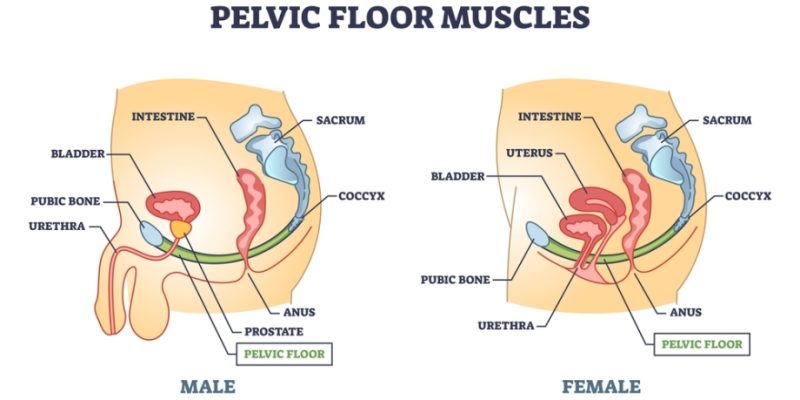
Aftercare, Shadow Work, and the Integration of insights and experiences are essential activities in relation to Body De-Armoring (also called Somatic De-Armoring or Emotional De-Armoring), notably after occurrences of re-experiencing trauma or catharsis. This is not only a process that takes place after the client returns home, but something that should already start in the course of the session(s) they participate in.

The task of a De-Armoring therapist or practitioner is to be of help in this process by appropriately guiding clients (i.e. patients) when they revisit trauma or deeply emotional material during their sessions. The therapist should also be open to receive the client’s questions about the experiences they had, and give tools, pointers, and advice on how the client can approach and digest their new knowledge and insights.
So-called Shadow Work is an inherent part of Body De-Armoring, that is, it’s work that reveals subconscious and unconscious parts of the mind that have been repressed or suppressed. This typically involves working through physical, emotional or sexual trauma, fears, shame, or through other parts of one’s personality which the individual in question necessarily finds undesirable or painful and rather wants to avoid or hide.
Integration means that clients work with the cognitive insights and knowledge they gained from Shadow Work through their De-Armoring experience and incorporate them into their lives. The time this takes depends on the individual person, but it may take weeks, months, if not years.
Moreover, after an overwhelming experience of emotional and/or trauma release it’s often not so easy to return to one’s day-to-day life. In addition, it may be hard or difficult for the client’s partner, friends, family, acquaintances, and surrounding community to understand what they’re going through.
The De-Armoring experience will often encourage people to change certain aspects within their lives, such as relationships, their work, job or career, their living environment, habits, reactions, and/or attitudes, which often is rather tough inner and outer work.

It may also be prudent that clients receive some additional guidance, support, or Talk Therapy from someone who understands them well and whom they trust, or from an integration coach, psychotherapist, or any other appropriate professional healthcare provider.
However, there is also some common advice with respect to the way clients should approach their integration time. This includes things like engaging in a calming, introspective practice such as Yoga or meditation, doing regular physical exercise, spending time in nature, and/or finding a community that has experience with the type of emotional or trauma release they went (or are going) through.
It’s also important to understand that part of the integration process can also mean that the client will again need to take up additional De-Armoring sessions to continue the inner work. That is, usually De-Armoring is not just a one-time session, but work that takes place over a longer period of time.
Receive occasional news about our new eBook and Video Workshop publications.
















